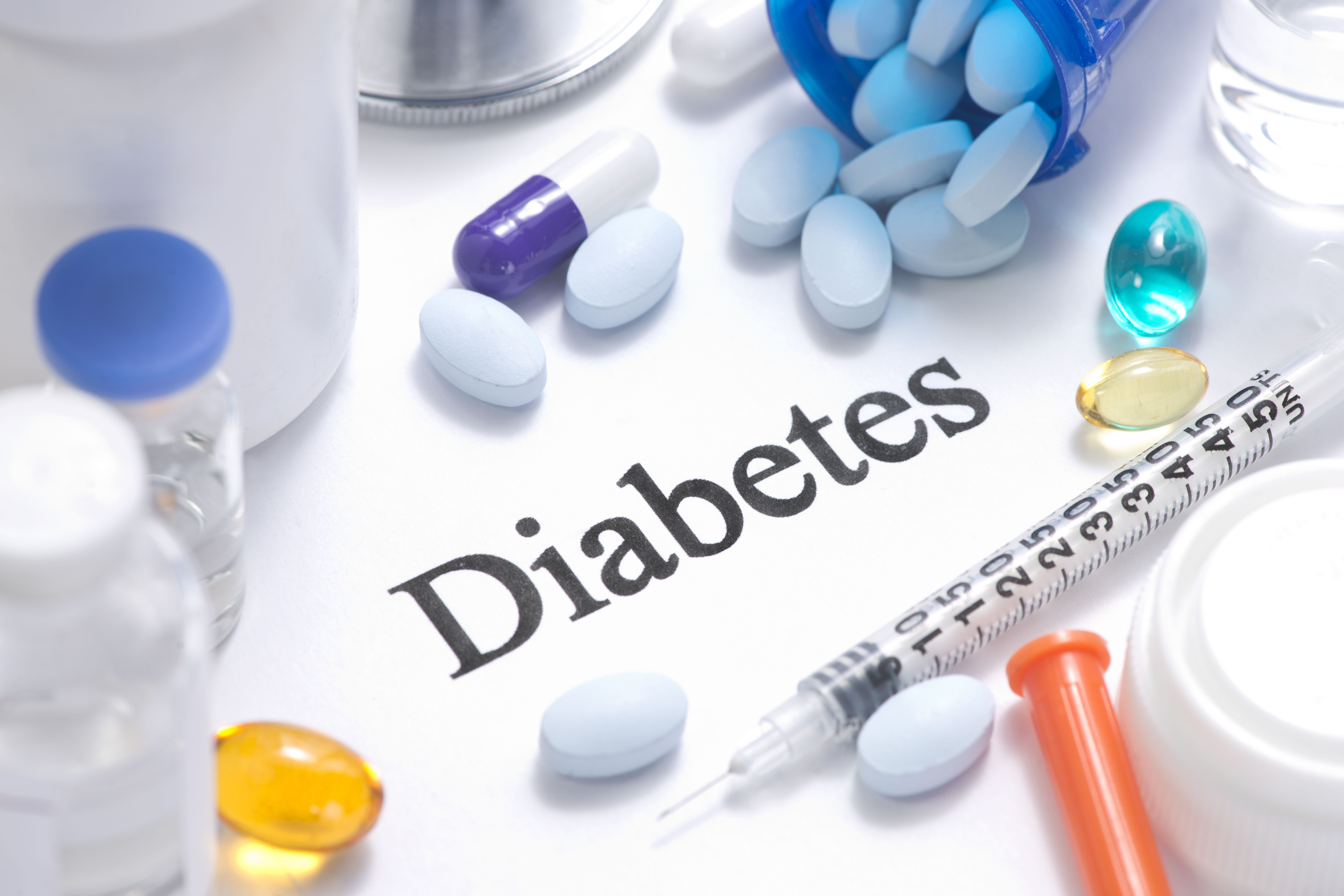Article
Study Finds Only 1 in 4 with Diabetes in the US are Achieving Treatment Goals
Author(s):
An analysis of NHANES data from 2009-2020 suggest approximately 75% of people with diabetes in the US were not at the American Diabetes Association-recommended HbA1c target of less than 7%.
Credit: Fotolia

An analysis of data recorded from 2009-2020 is painting a grim picture related to the low number of people with diabetes achieving glycemic targets in the US.
Results of the analysis, which leveraged data from the National Health and Nutrition Examination Survey (NHANES), suggest the American Diabetes Association (ADA)-recommended target HbA1c was achieved by just 25.2% of people with type 1 diabetes, 25.2% among those with type 2 diabetes using mealtime insulin, and 12.3% among those with type 2 diabetes using basal-only insulin.1
“This real-world study using data up through the most recent NHANES cycle provides an update to the existing literature about the trends in HbA1c in basal and mealtime insulin users,” wrote investigators.1 “A notable percentage of [people with diabetes] using insulin are not achieving ADA-recommended or personalized HbA1c targets. This study highlights the need for improved therapeutic tools to better manage glycemic targets in [people with diabetes].”
Management of diabetes mellitus has proven to be a perplexing issue not just in the US but across the globe. Despite advances in knowledge, management practices, and pharmacotherapies, rates of both type 1 diabetes and type 2 diabetes have grown in recent years, with some data suggesting the prevalence of type 1 diabetes among US children increased by 45.3% from 2001-2017 while the prevalence of type 2 diabetes increased by 95.3% during that same time period.2
The current study was launched with the intent of describing trends in HbA1c among people with diabetes who use insulin by diabetes type and insulin regimen using contemporary data. With this in mind, investigators designed their study as a retrospective analysis of data recorded within NHANES cycles from 2009-2020.1
For the purpose of analysis, investigators classified people with diabetes into 3 cohorts. These cohorts were classified as type 1 diabetes, type 2 diabetes using mealtime insulin, and type 2 diabetes using basal-only insulin. The primary outcome of interest for the study was trends in HbA1c over time, which were assessed using regression analysis adjusted for age, gender, and race/ethnicity.1
A total of 510 people were identified for inclusion. This group consisted of 85 people with type 1 diabetes, 257 with type 2 diabetes using mealtime insulin, and 168 with type 2 diabetes using basal-only insulin. 1
Upon analysis, aggregated data from 2009-2020 suggested the ADA-recommended target goal of less than 7% was achieved by just 25.2% of people with type 1 diabetes, 25.2% among those with type 2 diabetes using mealtime insulin, and 12.3% among those with type 2 diabetes using basal-only insulin. Further analysis indicated the mean HbA1c during the period of interest was 8.0%, 8.6%, and 8.6% among those in the type 1 diabetes, type 2 diabetes using mealtime insulin, and type 2 diabetes using basal-only insulin groups, respectively.1
Among those with health care provider-recommended treatment targets, individualized treatment targets were achieved by 27.0% in the type 1 diabetes group, 12.4% in the type 2 diabetes using mealtime insulin group, and 16.1% in the type 2 diabetes using basal-only insulin group. Investigators also noted an increasing percentage of individuals who achieved their targets from 2017 through 2020, but there was no significant difference over time for people with diabetes achieving individualized treatment targets.1
“Generally, the percentage of [people with diabetes] achieving HbA1c targets had not changed over the past 10 years, highlighting the need for improved therapeutic tools for people with type 1 and type 2 diabetes who use insulin,” wrote investigators.1
References:
- Hankosky ER, Schapiro D, Gunn KB, Lubelczyk EB, Mitroi J, Nelson DR. Gaps Remain for Achieving HbA1c Targets for People with Type 1 or Type 2 Diabetes Using Insulin: Results from NHANES 2009-2020 [published online ahead of print, 2023 Apr 17]. Diabetes Ther. 2023;1-9. doi:10.1007/s13300-023-01399-0
- Campbell P. Rates of type 1 and type 2 diabetes in children increasing across the US. HCP Live. August 24, 2021. Accessed May 11, 2023. https://www.hcplive.com/view/rates-of-type-1-and-type-2-diabetes-in-children-increasing-across-the-us.





